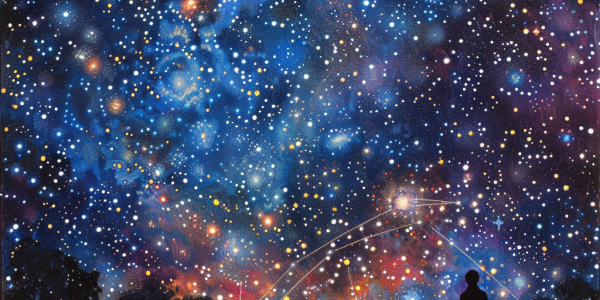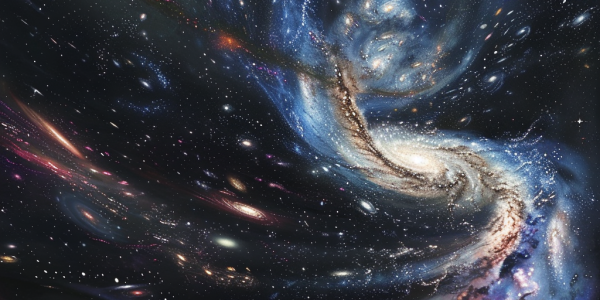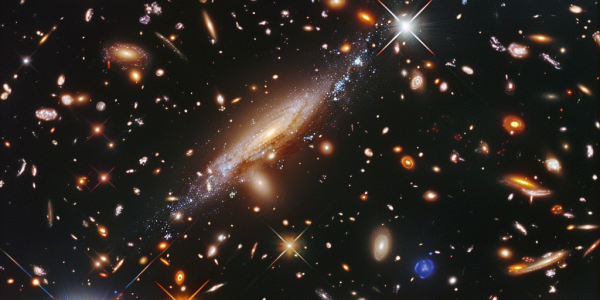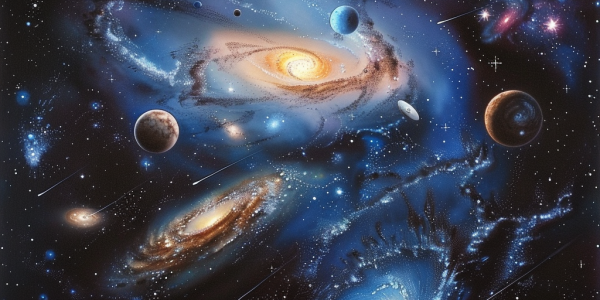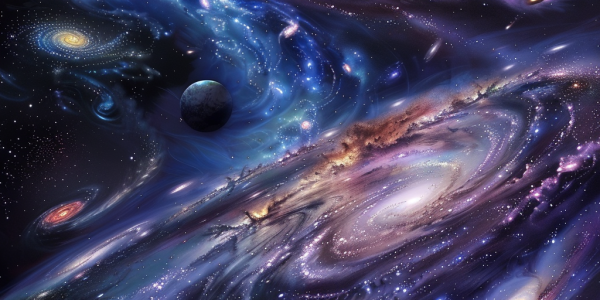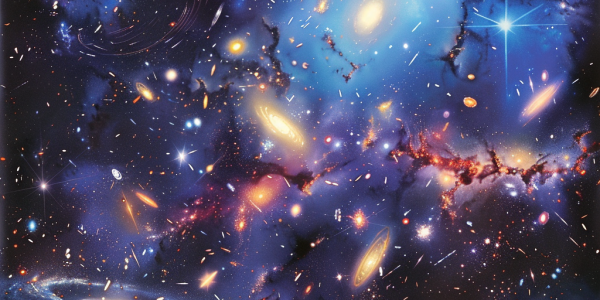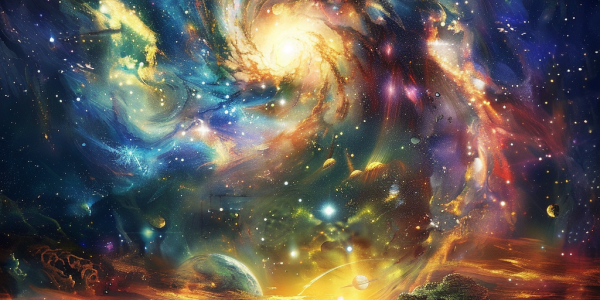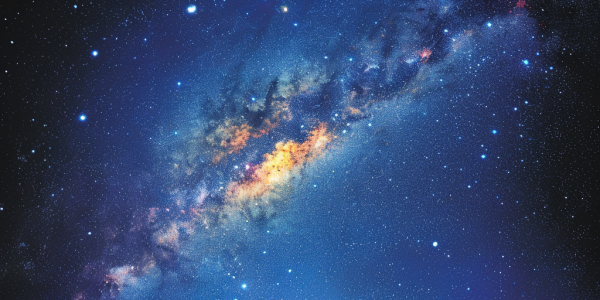The Night Sky: A Glimpse into the Past
When we gaze at the night sky, we’re not just seeing stars; we’re looking back in time. The universe, approximately 13.6 billion years old, reveals fascinating insights as light from celestial bodies takes years, even millions of years, to reach us. Discover how the light from the sun, moon, and distant stars connects us to the cosmos’ history and the incredible distances involved in this cosmic journey.
New DESI Findings Challenge Understanding of Dark Energy and Universe’s Fate
Recent findings from the Dark Energy Spectroscopic Instrument (DESI) collaboration have reaffirmed Einstein’s general relativity while challenging our understanding of dark energy. With dark energy accounting for nearly 70% of the universe, new evidence suggests it may be weakening, raising profound questions about the universe’s future. As researchers explore these revelations, the implications could reshape cosmology and our comprehension of the cosmos.
New Research Uncovers Secrets of Elliptical Galaxy Formation
Recent research from the University of Southampton reveals that massive cosmic collisions around 12 billion years ago were crucial in the formation of elliptical galaxies. This groundbreaking study, published in Nature, highlights how the collision of disc galaxies led to intense star formation, reshaping our understanding of galaxy evolution in the early universe.
Discovery of Unusually Aligned Dwarf Galaxies Challenges Dark Matter Theories
A groundbreaking discovery reveals a group of dwarf galaxies aligned in a near-straight line, challenging existing theories of dark matter and galaxy formation. Researchers, led by Sanjaya Paudel from Yonsei University, found these galaxies 117 million light-years from Earth, exhibiting coherent rotational dynamics that contradict the cold dark matter model. This study opens new avenues in astrophysics, suggesting the need for reevaluation of dark matter’s role in the universe.
Exploring the Enigmas of Dark Matter and Dark Energy
Explore the mysteries of dark matter and dark energy, which together constitute about 95% of the universe’s mass-energy content. This article delves into the enigma of dark energy, the invisible nature of dark matter, and the ongoing search for dark matter particles, revealing their crucial roles in cosmic evolution and the universe’s accelerated expansion.
ESA’s Euclid Mission Reveals First Cosmic Map
The European Space Agency (ESA) has unveiled the first cosmic map from its Euclid mission, showcasing a stunning 208-gigapixel mosaic of millions of stars and galaxies. Presented at the International Astronautical Congress in Milan, this initial release covers 132 square degrees of the Southern Sky and represents just 1% of the extensive survey planned over the next six years. Euclid aims to create the largest three-dimensional map of the cosmos, providing crucial insights into dark matter and dark energy. Stay tuned for more updates as Euclid continues to unlock the mysteries of the Universe.
Milky Way Found to Be Part of Vast Cosmic Structure
Recent studies reveal that the Milky Way may be part of a colossal cosmic structure known as the Shapley Concentration, potentially ten times larger than the Laniākea Supercluster. This groundbreaking research, published in Nature Astronomy, utilizes a 3D map of over 56,000 galaxies to redefine our understanding of gravitational dynamics and the universe’s vastness. Discover how this new perspective reshapes our cosmic address and opens avenues for future exploration.
JWST Findings Challenge Timeline of Universe’s Reionization Epoch
Recent findings from the James Webb Space Telescope challenge established theories on the epoch of reionization, suggesting it may have ended 350 million years earlier than previously thought. This pivotal period, marked by the formation of the first stars and galaxies, plays a crucial role in our understanding of cosmic evolution. Discover how these groundbreaking observations are reshaping our knowledge of the universe’s infancy.
Recent Astronomical Discoveries Illuminate Cosmic and Evolutionary Insights
Recent astronomical discoveries are reshaping our understanding of the cosmos, from the detection of an Earth-mass exoplanet orbiting a white dwarf to insights into ancient ecosystems and new dinosaur relatives. These findings highlight the resilience of life and the complexities of planetary systems, sparking curiosity about the potential for life beyond Earth.
New Study Sheds Light on Early-Universe Quasars Using Advanced Imaging Techniques
Recent research utilizing the Dark Energy Camera (DECam) has shed light on the environments of early-universe quasars, revealing they likely formed in densely populated regions rich in gas. Led by Trystan Lambert, this groundbreaking study is the largest on-sky area search around an early-universe quasar, VIK 2348–3054, enhancing our understanding of galaxy formation and the evolution of supermassive black holes.

